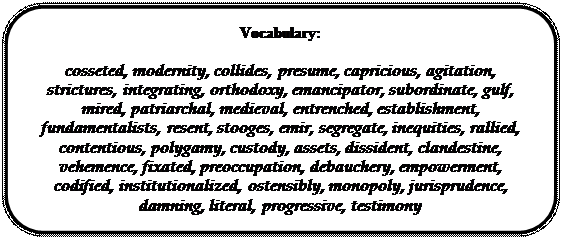Who is father christmas?
| Although it is not | |
| came about, it is certain that it is the result of a continuous amalgamation V | |
| of many old folk customs and beliefs from the varied sources. First and | |
| foremost, there is the image of the three kings are bringing gifts to the baby | |
| Jesus. A second source is the Roman custom of giving to children presents | |
| for good luck during the pagan festival which celebrating the winter solstice. | |
| Last but not least, there is Saint Nicholas, a 4th – century bishop and the patron saint | |
| of children, sailors and the poor whose saint’s day it is December 6th. Traditionally, | |
| Saint Nicholas was depicted as like a tall dignified figure riding a white horse, giving | |
| sweets to children and helping for the poor. The family image of a good-humoured | |
| round-bellied Santa Claus, is complete with sleigh, reindeers and sack of toys, seems | |
| To have be a 19th – century American invention, Built up on the Dutch figure of | |
| Saint Nicholas which settlers they brought with them to New York, contemporary | |
| Santa Claus is as the result of the blending of religious and pagan traditions from | |
| many European countries with newer American customs. Such elements as the | |
| Reindeer, the stockings and the North Pole can round off the modernized legend. | |
| Thus, nowadays because Joulupukki of Finland, Papa Noel of French-speaking | |
| Countries, English Father Christmas and American Santa are very much alike. |
SPEAKING
In pairs talk for four minutes on how folk art appeared and developed through centuries in different countries. You are encouraged to make a brief comment after your partner has spoken.
Student A, speak about the appearance and development of folk art. You have two minutes to do this.
Student B, join the conversation requesting additional information, adding missing details, expressing agreement or disagreement with what has been said. You have a minute to do this.
Student A and Student B, both make up conclusions (1 minute).
Share your thoughts on the following topics.
Ø What is the meaning of our being here on earth?
Ø For what purpose are we here?
Ø How do the ideologies of science, philosophy, and religion differ from one another in their concepts of the meaning of life?
In pairs brainstorm a list of different philosophies and religions that have diverse ideas of the meaning of life.
Divide into pairs. Choose one of the following projects below and then perform your plays in front of the entire class.
1. With a partner research two different religions or philosophies and write a 10-minute play or dialogue in which both sides discuss how they make sense of life based on the two different religions/philosophies. This performance should reflect how the religions or philosophies differ from one another, and how they are the same.
2. With a partner research one religion or philosophy and perform a 10-minute play in which they depict a world with a system of life based on that religion or philosophy. Be creative with the play, portraying some of the famous religious leaders or philosophers, or setting their production in the past, present, or future.
3. With a partner model a dialogue or production for the class after one of the famous Socratic dialogues, using a group of philosophers and their varying perspectives and views of philosophy.
4. One or more students may choose to develop a creative theatrical production of their own, in which they demonstrate their knowledge of the similarities and differences of at least two philosophies or religions.
Divide into pairs. Using all available resources, investigate how Judaism, Christianity and Islam have responded to the issue of modernity: social class and equality, women's legal rights, marriage and divorce, sexuality, and technology. Each group should address the following questions in their research.
Ø What is the general history of your topic in each of these faiths?
Ø How did some of the early followers of each faith (in history texts) view this topic?
Ø What references can you find in the religious texts of these faiths that address this topic?
Ø How do current religious authorities or leaders address this topic today, in modern times?
Once group research is complete, each group develops a creative class presentation that synthesizes their understanding of how the various religions researched have responded over time to their group's "issue of modernity." Presentations can take any form, as long as they address all of the research questions for each religion studied. Groups might perform television or radio talk show skits in which different members share their views on the modern issue, create a series of newspaper articles, develop a PowerPoint presentation, debate their modern issue as members of the different religions represented, etc.
Further Questions for Discussion:
Ø What basic tenets did the religions you researched have in common? Did they share any common messages? If so, what?
Ø How do different branches within a religion vary in their relationships with modernity? (For example, how might orthodox views vary from reform views?)
Ø Does geography play a role in the ways different faiths develop their practices and perspectives? If so, how? If not, why not?
Ø Do you think some "religious" traditions are more culturally, politically, economically, or socially motivated than "faith-based"? If so, what are some examples? If not, why not?
Ø Why do you think some religious followers adjust their beliefs over time, while others strictly adhere to doctrine?
 |
